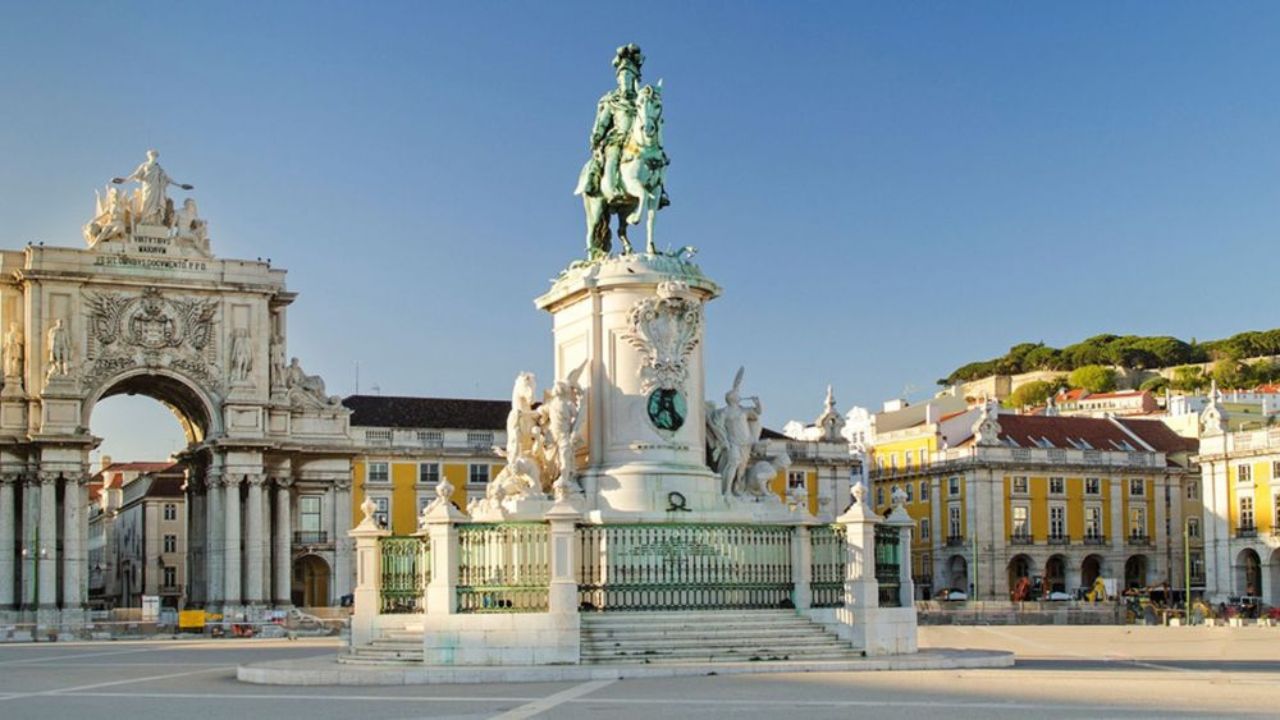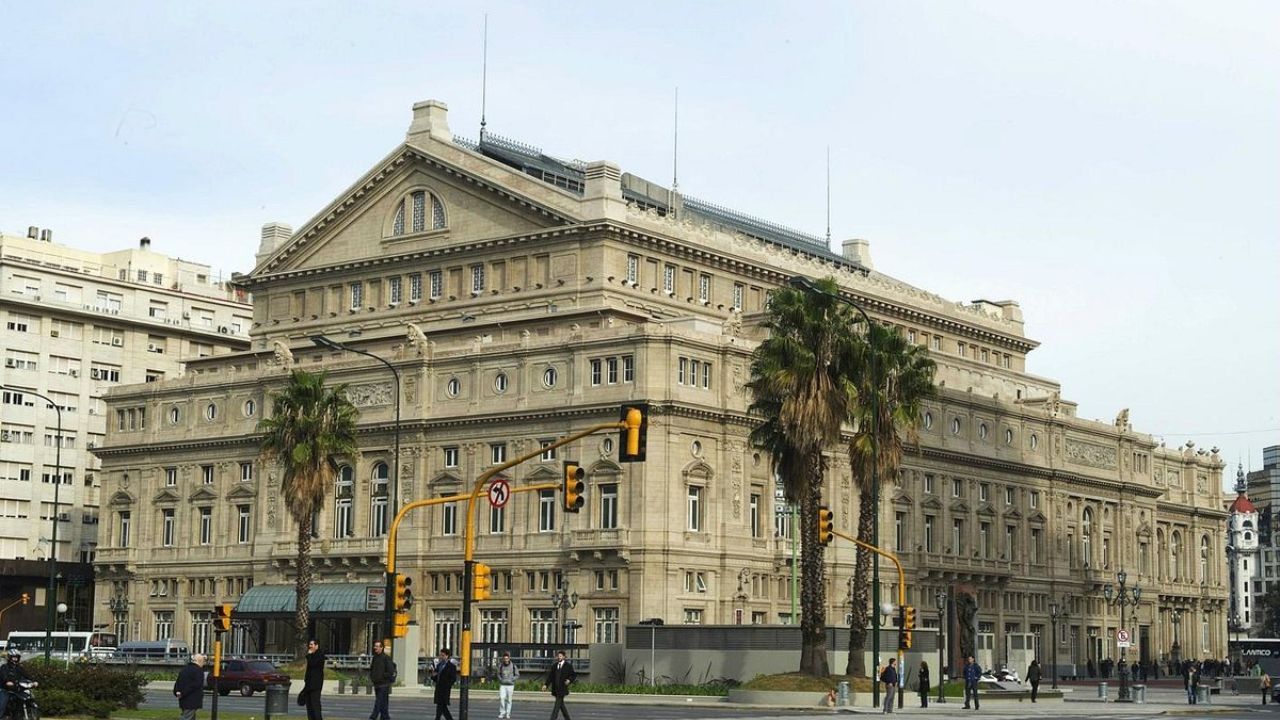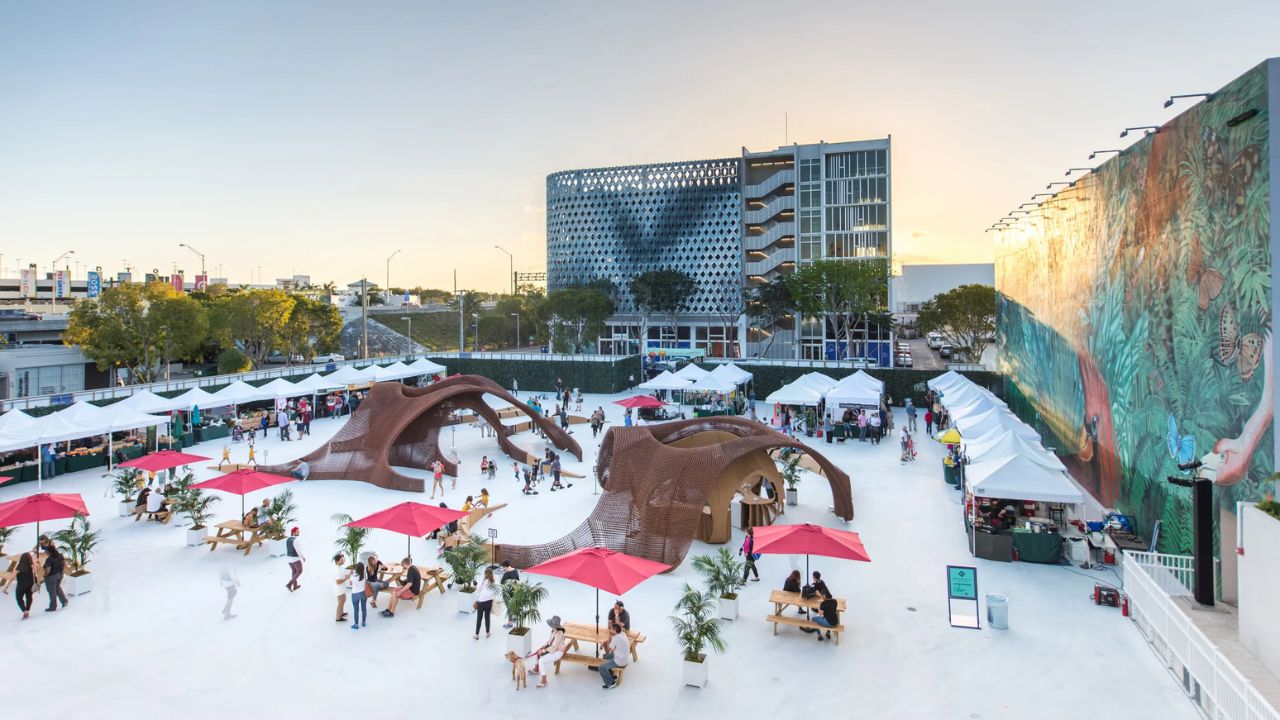Introduction
Lisbon, Portugal’s vibrant capital, is a city that masterfully blends historic charm with modern sophistication. Known for its colorful neighborhoods, scenic vistas, rich history, delicious cuisine, and welcoming people, Lisbon has become one of Europe’s top travel destinations. Whether you’re exploring its winding alleys, riding iconic trams, or enjoying panoramic views from miradouros, Lisbon offers a diverse experience for every traveler.
This comprehensive guide aims to equip you with all the information you need—covering must-see sights, neighborhoods, food, culture, practical tips, and hidden gems—to make the most of your trip to Lisbon.
1. A Brief History of Lisbon
Understanding Lisbon’s history enriches your experience as you explore the city.
- Ancient Roots: Lisbon’s origins date back over 2,000 years, with settlements established by the Phoenicians, Romans, and Moors.
- Medieval Era: The city flourished during the Middle Ages, becoming a key port for trade and exploration.
- Age of Discovery: In the 15th and 16th centuries, Lisbon was a global maritime hub, launching voyages of discovery like Vasco da Gama’s to India.
- Earthquake of 1755: The devastating Lisbon Earthquake reshaped much of the city, leading to the development of the Pombaline downtown, one of the earliest examples of earthquake-resistant architecture.
- Modern Lisbon: Today, Lisbon is a vibrant, cosmopolitan city that preserves its historic roots while embracing modernity.
2. When to Visit Lisbon
Choosing the right time to visit can enhance your experience:
- Spring (March-May): Mild weather, blooming flowers, fewer tourists.
- Summer (June-August): Warm temperatures, lively festivals, beach trips, but crowded and more expensive.
- Autumn (September-November): Pleasant weather, fewer crowds, wine harvest festivals.
- Winter (December-February): Cooler and rainy but still manageable; fewer tourists, festive atmosphere during Christmas.
Tip: The shoulder seasons (spring and autumn) often offer the best balance of good weather and fewer visitors.
3. Getting to Lisbon
By Air
Lisbon Portela Airport (LIS) is the main gateway, well-connected to Europe, North America, Africa, and beyond.
By Train
Connections exist from Spain (Madrid, Porto) and other Portuguese cities.
By Car
While possible, driving in Lisbon can be challenging due to narrow streets and limited parking. Consider renting a car only if exploring outside the city.
By Bus
Various bus companies connect Lisbon to neighboring countries and cities.
Tips:
- Use public transportation within Lisbon.
- Consider Uber or local taxis for convenience.
- Many airlines offer direct flights, especially during peak seasons.
4. Getting Around Lisbon
Lisbon’s terrain is hilly, but the city has an excellent transportation network:
- Trams and Buses: The Metropolitana (metro), buses, and historic tram 28 are the main modes.
- Tram 28: A must-do scenic tram route passing through many historic neighborhoods.
- Elevators and Funiculars: Elevadores (elevators) like Santa Justa and funiculars help tackle steep streets.
- Walking: Many neighborhoods are best explored on foot.
- Biking: Bike rentals and e-scooters are available for quick trips.
- Taxis/Ubers: Widely available and affordable.
Tip: Purchase a Lisboa Card for unlimited public transportation and free or discounted entry to many attractions.
5. Neighborhoods & Districts
Lisbon’s neighborhoods each have their own distinct character. Here are the essentials:
Baixa and Chiado
- Overview: The city’s historic downtown, rebuilt after the 1755 earthquake.
- Highlights: Praça do Comércio, Rossio Square, elegant shopping streets, cafes, theaters.
- Vibe: Elegant, bustling, central.
Alfama
- Overview: The oldest neighborhood, characterized by narrow, winding streets.
- Highlights: São Jorge Castle, Lisbon Cathedral, Miradouro de Santa Luzia, traditional Fado houses.
- Vibe: Authentic, historic, intimate.
Bairro Alto
- Overview: The nightlife hub with lively bars, restaurants, and narrow streets.
- Highlights: Miradouro de São Pedro de Alcântara, vibrant nightlife.
- Vibe: Bohemian, energetic.
Mouraria
- Overview: Multicultural hub with deep Fado roots.
- Highlights: Fado performances, multicultural eateries.
- Vibe: Authentic, diverse.
Belém
- Overview: West of the city center, known for historic monuments.
- Highlights: Jerónimos Monastery, Belém Tower, Pastéis de nata at Pastéis de Belém, Discoveries Monument.
- Vibe: Historic, scenic, relaxed.
Parque das Nações
- Overview: Modern district built for Expo 98.
- Highlights: Oceanarium, Vasco da Gama Bridge, contemporary architecture.
- Vibe: Modern, futuristic.
Príncipe Real and Estrela
- Overview: Trendy areas with gardens, cafes, boutiques.
- Highlights: Botanical Garden, trendy restaurants, flea markets.
6. Top Attractions in Lisbon
Historic Landmarks
- São Jorge Castle (Castelo de São Jorge): Offers panoramic views over Lisbon, ancient Moorish fortress.
- Lisbon Cathedral (Sé de Lisboa): The oldest church in the city, blending Romanesque, Gothic, and Baroque styles.
- Padrao dos Descobrimentos: Monument celebrating Portugal’s Age of Discovery.
- Belém Tower: Iconic fortress and UNESCO World Heritage site on the Tagus River.
- Jerónimos Monastery: Masterpiece of Manueline architecture.
Cultural & Artistic Spots
- Museu Calouste Gulbenkian: Outstanding collection of European and Oriental art.
- Museu Nacional do Azulejo: Dedicated to Portugal’s famous decorative tiles.
- LX Factory: Trendy complex of shops, cafes, and street art.
- MAAT (Museum of Art, Architecture, and Technology): Contemporary art and architecture.
Outdoor & Scenic Spots
- Miradouros (Viewpoints): Miradouro de Santa Luzia, Miradouro de São Pedro de Alcântara, Miradouro de Nossa Senhora do Monte.
- Parque Eduardo VII: Large park with city views.
- Lisbon Botanical Garden: Beautiful plant collections and peaceful walks.
Day Trips
- Sintra: Fairy-tale palaces, castles, and lush forests.
- Cascais: Coastal town with beaches and a charming town center.
- Setúbal: Known for its seafood and nearby natural parks.
- Évora: UNESCO site with Roman ruins and medieval architecture.
7. Unique Experiences in Lisbon
- Ride Tram 28: Experience the city’s historic neighborhoods aboard this iconic tram.
- Fado Night: Enjoy soulful Portuguese music in traditional Fado houses.
- Sample Pastéis de Nata: The legendary custard tart at Pastéis de Belém.
- Visit a Miradouro: Watch sunset views over the city.
- Explore Alfama’s Streets: Discover hidden cafes, shops, and street art.
- Attend a Local Festival: Carnaval, Festas de Lisboa, or St. Anthony’s Day.
8. Food & Drink
Lisbon’s culinary scene is a delightful mix of traditional and contemporary.
Must-Try Dishes
- Pastéis de Nata: Custard tarts from Pastéis de Belém or local bakeries.
- Bacalhau: Dried salt cod, prepared in countless ways.
- Sardinhas Assadas: Grilled sardines, especially in summer.
- Caldo Verde: Kale soup with chorizo.
- Bifana: Spicy pork sandwich.
- Polvo à Lagareiro: Octopus baked with potatoes and olive oil.
- Petiscos: Portuguese tapas, similar to Spanish tapas.
Best Places to Eat
- Time Out Market Lisboa: Food hall with a variety of top chefs and local specialties.
- Cervejaria Ramiro: Famous for seafood.
- A Cevicheria: Creative ceviche dishes.
- Taberna da Rua das Flores: Traditional Portuguese tavern.
- Pois Café: Cozy spot for coffee and snacks.
- Local Bakeries: For fresh bread and pastries.
Drinks
- Ginjinha: Cherry liqueur served in small glasses.
- Porto: Although from neighboring Porto, port wine is popular in Lisbon.
- Vinho Verde: Light, slightly fizzy wine from northern Portugal.
- Portuguese craft beers: Super Bock, Sagres, or local microbrews.
9. Practical Tips for Visiting Lisbon
- Language: Portuguese is the official language; English is widely spoken.
- Currency: Euro (€). Credit cards are accepted almost everywhere.
- Tipping: Usually 5-10% in restaurants if service isn’t included.
- Safety: Generally safe; exercise standard precautions.
- Dress Code: Casual but neat; modest dress in religious sites.
- Connectivity: Free Wi-Fi available in many cafes and public spaces.
- Money: Use ATMs for cash; many places accept cards.
10. Accommodation Tips
Lisbon offers diverse options:
- Luxury Hotels: Olissippo Lapa Palace, Bairro Alto Hotel, Four Seasons Ritz.
- Boutique Hotels: Memmo Alfama, Santiago de Alfama.
- Budget Hostels: Yes! Lisbon Hostel, Goodmorning Lisbon.
- Apartments & Airbnb: Ideal for longer stays or family groups.
11. Sustainability & Responsible Travel
- Support local artisans, markets, and small businesses.
- Use public transport or walk whenever possible.
- Respect local customs and heritage.
- Reduce waste by carrying reusable water bottles and bags.
12. Final Tips & Hidden Gems
- Visit the less-touristy neighborhoods: Madragoa, Santos, Ajuda.
- Attend local events: Fado nights, markets, festivals.
- Explore the Tagus River: Sunset cruises or riverside walks.
- Discover street art: Lisbon has a thriving street art scene, especially in Bairro Alto and Alfama.
- Sample local wines and cheeses: At markets and specialty shops.
Conclusion
Lisbon is a city that captivates with its eclectic mix of old-world charm and contemporary vibrancy. From its historic landmarks, scenic viewpoints, and lively neighborhoods to its delicious cuisine and warm hospitality, Lisbon promises a memorable experience for every traveler.
This guide aims to serve as your comprehensive companion—helping you navigate the city’s must-see sights, hidden treasures, and cultural nuances. Whether you’re visiting for a weekend or a longer stay, Lisbon’s magic will surely leave a lasting impression.





